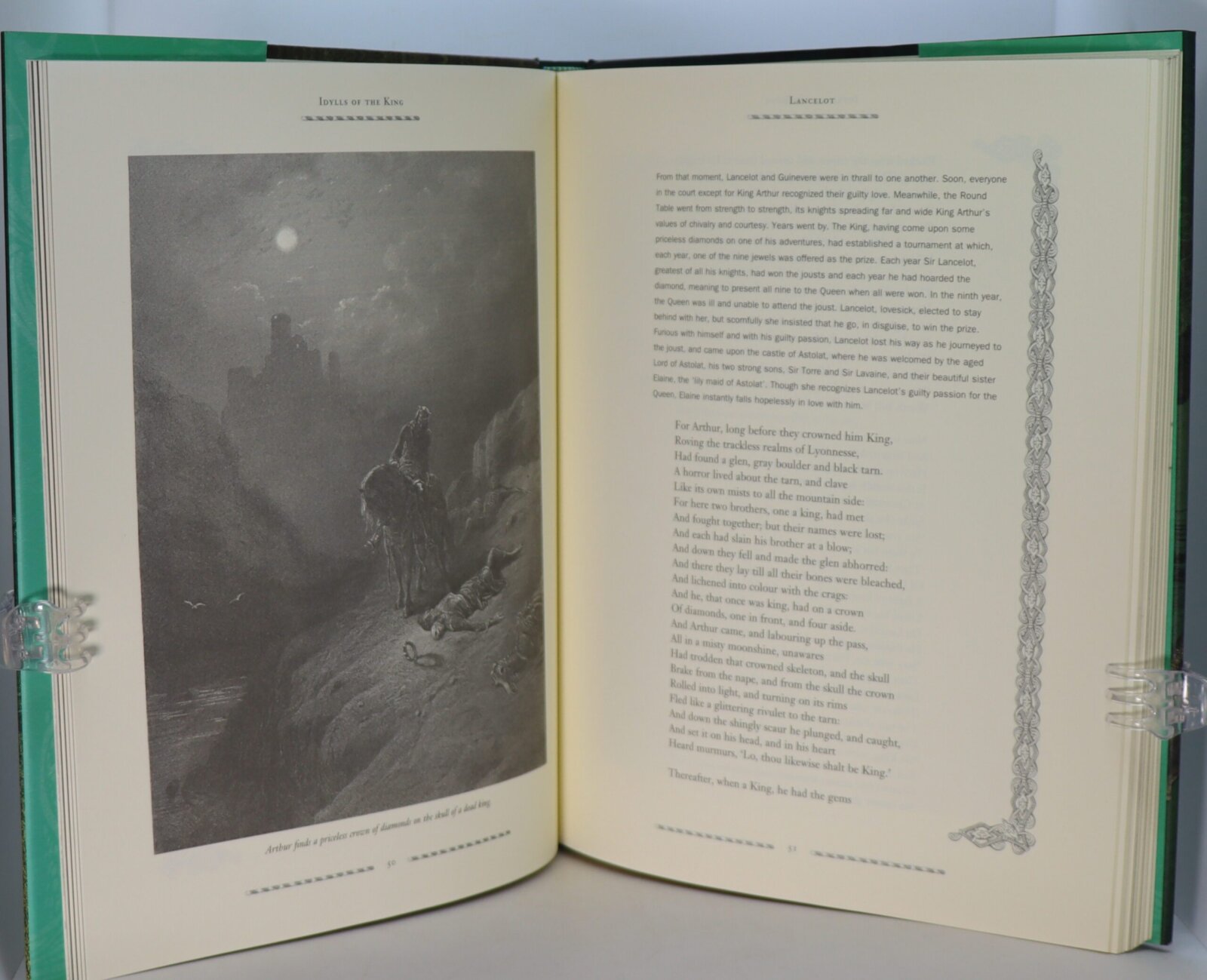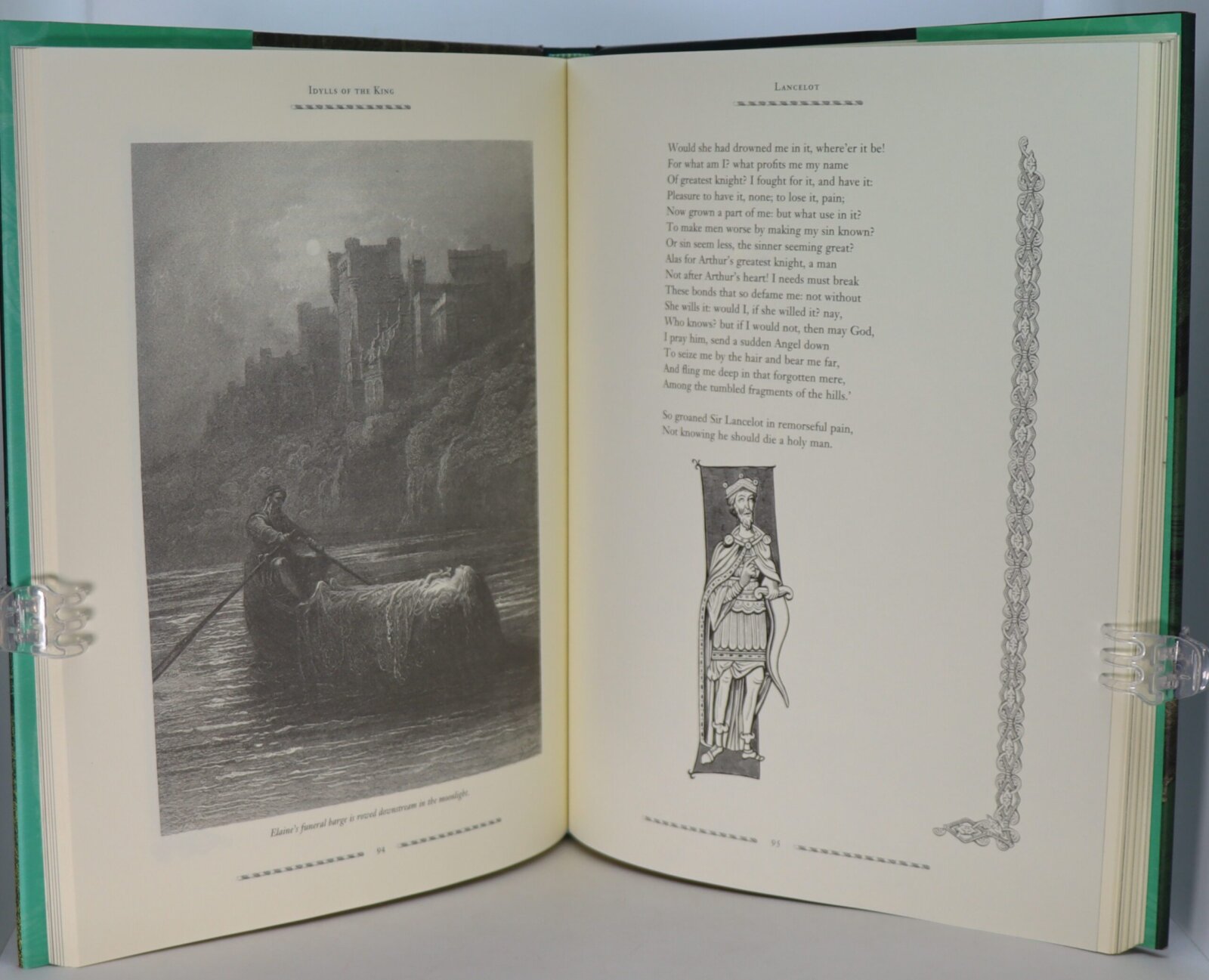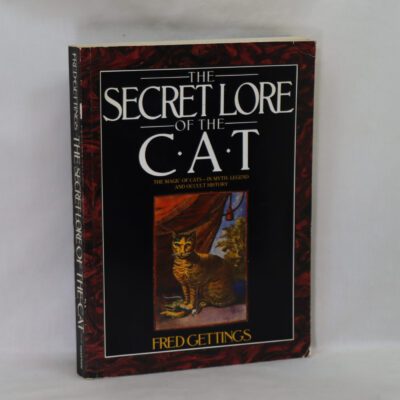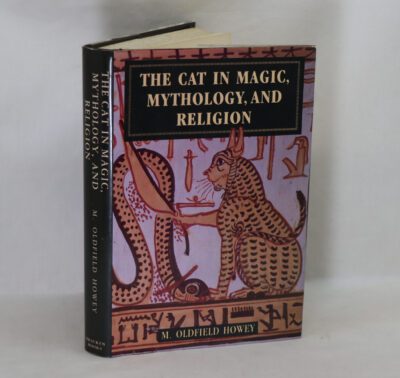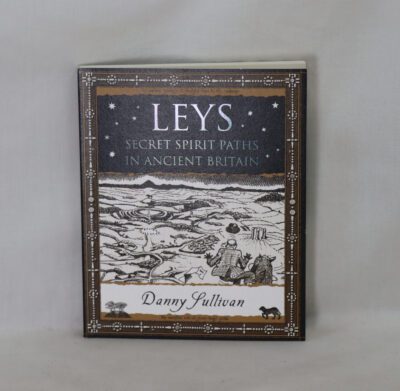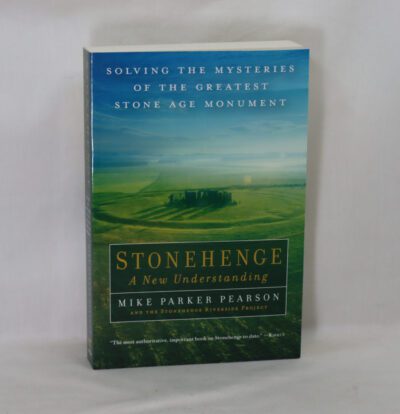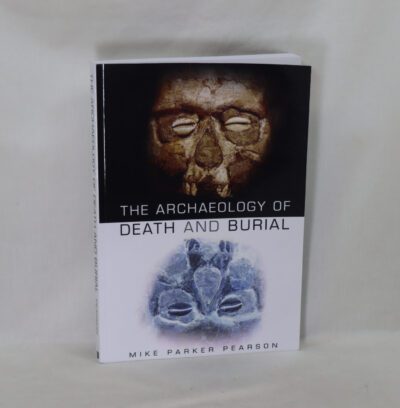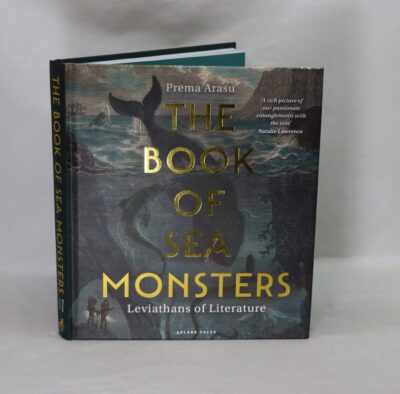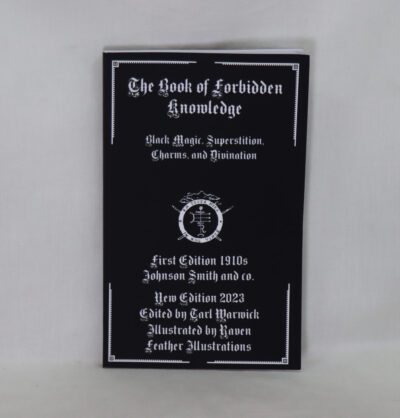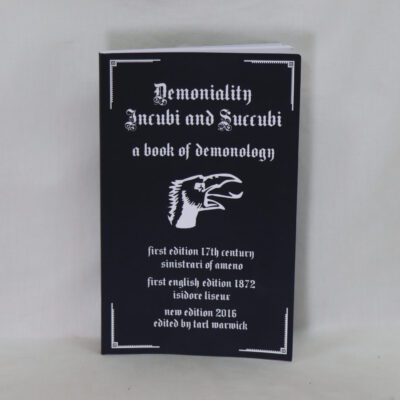Tennyson's Legends of King Arthur.
ISBN: 9781985375345
Printed: 2010
Publisher: Artucus Publishing. London
| Dimensions | 25 × 30 × 2.5 cm |
|---|---|
| Language |
Language: English
Size (cminches): 25 x 30 x 2.5
Condition: Fine (See explanation of ratings)
Item information
Description
In the original dustsheet. Binding the same as the dustsheet.
F.B.A. provides an in-depth photographic presentation of this item to stimulate your feeling and touch. More traditional book descriptions are immediately available.
‘God has not made since Adam was, the man more perfect than Arthur – the Once and Future King.’ Tennyson’s epic retelling of the legends of King Arthur is full of timeless magic. Covering the rise and fall of Camelot and the exploits of the knights of the Round Table, his verse captures all the mythical grandeur of these enduring tales, from the illicit passion of Lancelot and Guinevere and the confusion of the Last Battle, to the heroism of King Arthur himself, the legendary founder of England. In this handsome edition, Tennyson specialist Valerie Purton has set episodes from the poem alongside the exquisite illustrations of Gustave Doré, who creates in them a world of towering cliffs, magnificent castles, and enchanted forests.
Review: This is a beautifully produced book, containing some of Gustave Dore’s most evocative illustrations, set to Tennyson’s legendary tome.
Editor Valerie Purton includes some guidance at the beginning of each section, to help with the interpretation of Tennyson’s prose.
A superb book, and one that you can return to, time and time again.
Paul Gustave Louis Christophe Doré; 6 January 1832 – 23 January 1883, was a French artist, as a printmaker, illustrator, painter, comics artist, caricaturist, and sculptor. He is best known for his prolific output of wood-engravings, especially those illustrating classic books, including 241 illustrating the Bible. These achieved great international success, and he is the best-known artist in this printmaking technique, although his role was normally as the designer only; at the height of his career some 40 block-cutters were employed to cut his drawings onto the wooden printing blocks, usually also signing the image.
In all he created some 10,000 illustrations, the most important of which were “duplicated in electrotype shells that were printed … on cylinder presses”, allowing very large print runs as steel engravings, “hypnotizing the widest public ever captured by a major illustrator”, and being published simultaneously in many countries. The drawings given to the block-cutters were often surprisingly sketch-like and free.
Alfred Tennyson, 1st Baron Tennyson FRS (6 August 1809 – 6 October 1892) was an English poet. He was the Poet Laureate during much of Queen Victoria’s reign. In 1829, Tennyson was awarded the Chancellor’s Gold Medal at Cambridge for one of his first pieces, “Timbuktu”. He published his first solo collection of poems, Poems, Chiefly Lyrical, in 1830. “Claribel” and “Mariana”, which remain some of Tennyson’s most celebrated poems, were included in this volume. Although described by some critics as overly sentimental, his verse soon proved popular and brought Tennyson to the attention of well-known writers of the day, including Samuel Taylor Coleridge. Tennyson’s early poetry, with its medievalism and powerful visual imagery, was a major influence on the Pre-Raphaelite Brotherhood.
Tennyson also excelled at short lyrics, such as “Break, Break, Break”, “The Charge of the Light Brigade”, “Tears, Idle Tears”, and “Crossing the Bar”. Much of his verse was based on classical mythological themes, such as “Ulysses”. “In Memoriam A.H.H.” was written to commemorate his friend Arthur Hallam, a fellow poet and student at Trinity College, Cambridge, after he died of a stroke at the age of 22. Tennyson also wrote some notable blank verse including Idylls of the King, “Ulysses”, and “Tithonus“. During his career, Tennyson attempted drama, but his plays enjoyed little success.
A number of phrases from Tennyson’s work have become commonplace in the English language, including “Nature, red in tooth and claw” (“In Memoriam A.H.H.”), “‘Tis better to have loved and lost / Than never to have loved at all”, “Theirs not to reason why, / Theirs but to do and die”, “My strength is as the strength of ten, / Because my heart is pure”, “To strive, to seek, to find, and not to yield”, “Knowledge comes, but Wisdom lingers”, and “The old order changeth, yielding place to new”. He is the ninth most frequently quoted writer in The Oxford Dictionary of Quotations.
Want to know more about this item?

Related products
Share this Page with a friend

